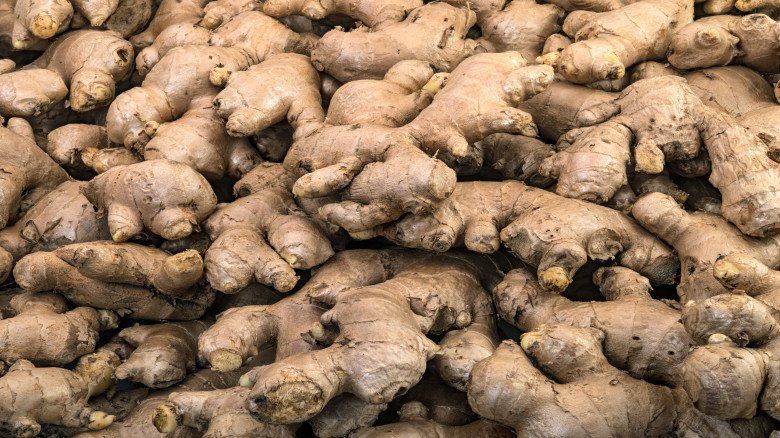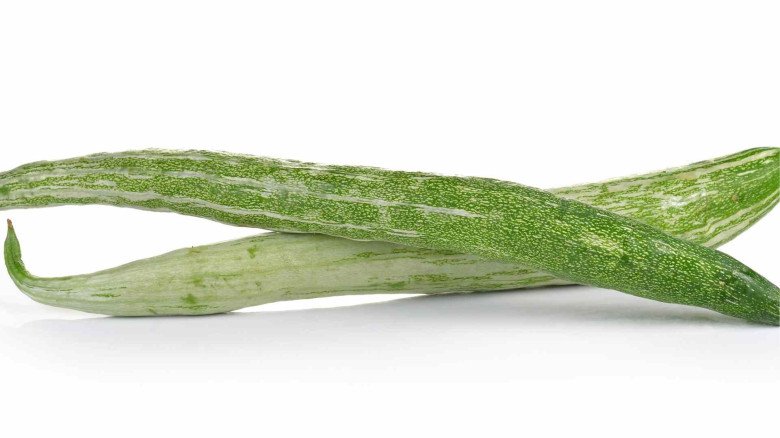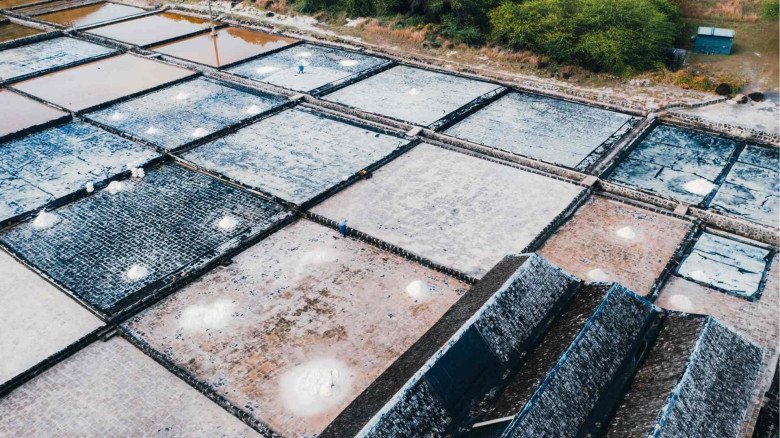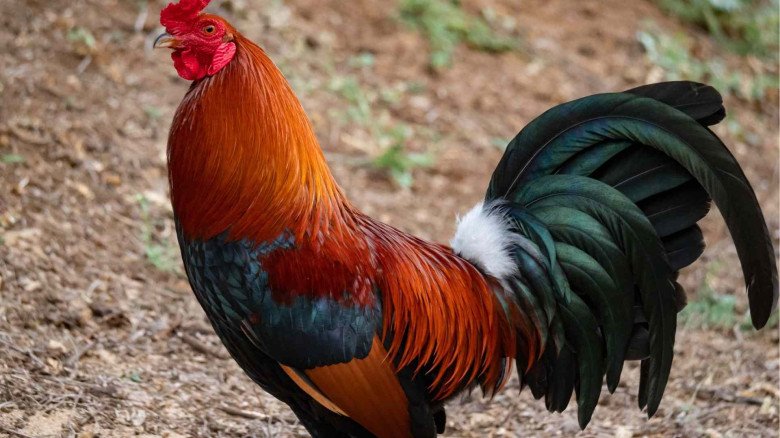Polyhouse Farming: A Complete Guide to Modern Greenhouse Agriculture
Introduction
In recent years, polyhouse or greenhouse farming has emerged as a revolutionary method of agriculture. With the growing demand for high-quality produce and the need to ensure food security, this modern farming technique has gained significant attention. Polyhouse farming involves cultivating crops under a controlled environment, using transparent or translucent materials to cover the structure. This allows farmers to manage temperature, humidity, and light, creating an ideal setting for plant growth. In this blog, we'll explore the benefits, types, construction, and key considerations of polyhouse farming, offering a comprehensive guide for anyone interested in this innovative approach to agriculture.
What is Polyhouse Farming?
Polyhouse farming, also known as greenhouse farming, is a method of growing crops within a protected structure. This structure is typically made of materials like polyethylene, glass, or polycarbonate, allowing sunlight to penetrate while shielding plants from external elements such as pests, extreme weather, and diseases. The primary goal of a polyhouse is to create an environment conducive to plant growth, irrespective of external weather conditions.
Types of Polyhouse
Naturally Ventilated Polyhouse: These polyhouse rely on natural air circulation for temperature and humidity control. They are equipped with side vents and roof ventilation systems, allowing fresh air to enter and warm air to exit. Naturally ventilated polyhouses are suitable for growing crops that do not require strict climate control.
Fan-Pad Cooled Polyhouse :In these polyhouses, a cooling system consisting of fans and wet pads is used to regulate temperature. The fans draw warm air out, while the wet pads cool the incoming air through evaporation. This type of polyhouse is ideal for regions with hot climates, providing a controlled environment for sensitive crops.
Controlled Environment Polyhouses: These polyhouses offer the highest level of control over environmental factors. They are equipped with advanced systems for heating, cooling, ventilation, and lighting. Sensors and automated systems continuously monitor and adjust conditions to maintain optimal growth parameters. Controlled environment polyhouses are often used for high-value crops like flowers, vegetables, and herbs.
Benefits of Polyhouse Farming
Extended Growing Seasons: Polyhouses enable year-round cultivation by providing a stable environment, regardless of external weather conditions. This allows farmers to grow crops even in off-seasons, increasing productivity and profitability.
Improved Crop Quality: The controlled environment of polyhouses reduces the risk of pest infestations, diseases, and adverse weather effects. This results in higher-quality produce with better taste, appearance, and nutritional value.
Water Efficiency: Polyhouse farming requires less water compared to open-field cultivation. The enclosed structure minimizes water loss due to evaporation, and drip irrigation systems can be efficiently integrated, further conserving water.
Reduced Chemical Usage :With the controlled environment, the need for chemical pesticides and fertilizers is significantly reduced. This leads to healthier produce and a lower environmental impact.
Increased Yield: The ability to control temperature, humidity, and light allows for optimal growing conditions, resulting in higher yields per unit area compared to traditional farming methods.
Key Considerations for Polyhouse Farming
Location and Site Selection :Choose a location with adequate sunlight and minimal wind exposure. Ensure easy access to water and electricity. The site should also be free from flooding risks.
Construction Materials: The choice of materials depends on factors like climate, crop type, and budget. Common materials include polyethylene film, polycarbonate sheets, and glass. Each material has its own advantages and considerations in terms of cost, durability, and light transmission.
Design and Structure: The design should allow for proper ventilation, temperature control, and ease of maintenance. Gable, Quonset, and Gothic arch designs are popular choices. The structure should also withstand local weather conditions, such as snow, wind, and rain.
Irrigation System: Efficient irrigation is crucial in polyhouse farming. Drip irrigation systems are commonly used, providing precise water delivery directly to the plant roots. This minimizes water wastage and ensures uniform moisture distribution.
Climate Control: Installing heating, cooling, and ventilation systems is essential for maintaining optimal conditions. Automated systems with sensors can help monitor and adjust temperature, humidity, and CO2 levels. Shade nets and thermal screens can also be used to regulate sunlight and temperature.
Crop Selection: Choose crops that are suitable for polyhouse cultivation and have a good market demand. Vegetables like tomatoes, cucumbers, and bell peppers, as well as flowers like roses and gerberas, are popular choices. Consider factors such as growth habits, space requirements, and susceptibility to diseases.
Maintenance and Management: Regular monitoring and maintenance are vital for successful polyhouse farming. This includes checking for pests and diseases, maintaining the irrigation system, and ensuring proper ventilation. Timely harvesting and post-harvest handling are also crucial for maximizing yield and quality.
Conclusion
Polyhouse farming offers a sustainable and profitable approach to modern agriculture. By providing a controlled environment, it allows for the cultivation of high-quality crops throughout the year, regardless of external conditions. While the initial investment may be higher than traditional farming, the benefits of increased yield, reduced chemical usage, and improved crop quality make it a worthwhile endeavor. As the demand for fresh and safe produce continues to grow, polyhouse farming is set to play a crucial role in meeting the needs of consumers and ensuring food security. Whether you're a seasoned farmer or a newcomer to agriculture, exploring polyhouse farming could be the key to a successful and sustainable future.
-logo.webp.png)
.jpg)
-logo.webp.png)

































Leave A Comment